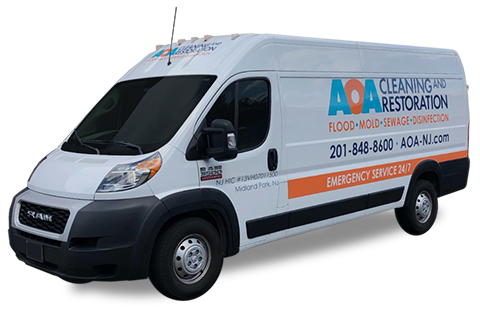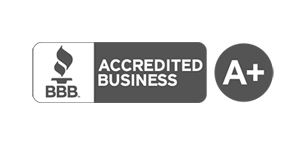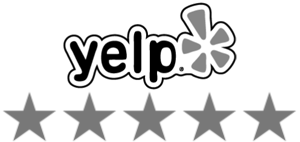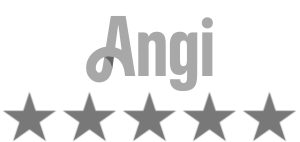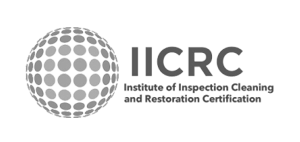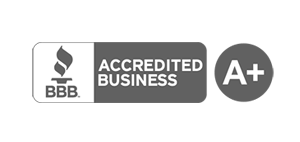Sewage Backup: How to Take Swift Action
Water is the single most destructive force of nature in an indoor environment. And, “sewage backup” are two words that no building owner or property managers wants to hear. Don’t think that just because the water you find is clear, all is fine. No matter what color the water is—“clear,” brown or black water—there are likely chemical and biological contaminants hazardous to your health or the health of your tenants. Therefore, it’s best to take swift action and immediately deal with the water that contains viruses, bacteria, and other microbes before it causes further damage to health and property.
Water damage
Time is not on your side when it comes to water damage. In fact, the longer any kind of water damage goes untreated, the greater the damage and potential for mold proliferation. The situation is even more critical when the waters contain raw sewage such as animal or human body fluids or wastes, or other organic contaminants. A major risk is that contaminants will establish an ecological niche that presents a health risk from chronic exposure over time. This can put your property or liability insurance at risk as well.
Immediate response to a water emergency saves time and money and protects property and health. When controlling water damage, the primary objectives are:
- Protect tenant and employee health
- Remove harmful substances that enter into the environment with flowing water
- Restore the environment to a dry state
- Salvage valuable property
Sewage spillage
Here are some examples of sewage spilling into an indoor environment; the restoration response may be different in each situation:
- Limited quantity of waste that originates in the building is deposited or flows slightly beyond the confines of the sewage system.
- Limited or confined flooding, where the water and waste penetrate the structure and furnishings of the building.
- Waste that originates in the building along with other wastes from the main line of the sewage system is widely dispersed and penetrates both the structures and its furnishings.
Sewage poses a very significant threat to human health. However, the severity of the health threat depends on the content of the sewage and the degree of penetration into the building environment. This is dependent on how absorbent the contaminated materials are, the quantity of sewage, impact of outdoor and indoor temperatures, and the amount of time the sewage remains in contact with materials.
Remediation/cleanup
Effective restoration involves decontamination and drying of all surfaces that have been in contact with the sewage. Remediation should begin as soon as possible to curtail the potential for microbial growth and resultant damage. Here are steps that property owners and managers should take mitigate health risks from dangerous raw wastes that have penetrated both the building and its furnishings and do damage control. Whether you’re dealing with water or sewage intrusion, the first step is: Call a certified specialist.
5 Steps to take
- Find a licensed sewage remediation company. A licensed contractor has the training, expertise and experience required to do the job well, safely and to code.
- Confirm that company is certified in this type of work. This will ensure that the company knows how to remediate the situation in order to prevent any potential health risks. Find out if the remediation specialist participates in certification programs such as the Institute of Inspection Cleaning and Restoration Certification (IICRC). Ask for proof of certification.
- Be sure that the company is insured and conducts employee background checks. Reduce your exposure by hiring a contractor that is up to date on its liability and worker’s comp insurance, ascertain that the amount is adequate, and that the policy covers mold and microbial work.
- Get a written estimate after an on-site evaluation. A reputable contractor will come to the job site, investigate the situation and present a detailed, written estimate with all services to be provided noted.
- Communicate with tenants/occupants about the situation. Let them know the company that has been retained and that uniformed workers may be in the building as well as the service dates.
At AOA Cleaning and Restoration, we work with our commercial clients throughout northern New Jersey to control and manage any water damage or sewage backup issues, and provide full restoration services after cleanup and remediation so you can proceed worry-free. Should you need experts who deal with water and sewage remediation as a core part of their business, give AOA a call at (201) 848-8600. We can handle the situation from cleanup through complete restoration.
